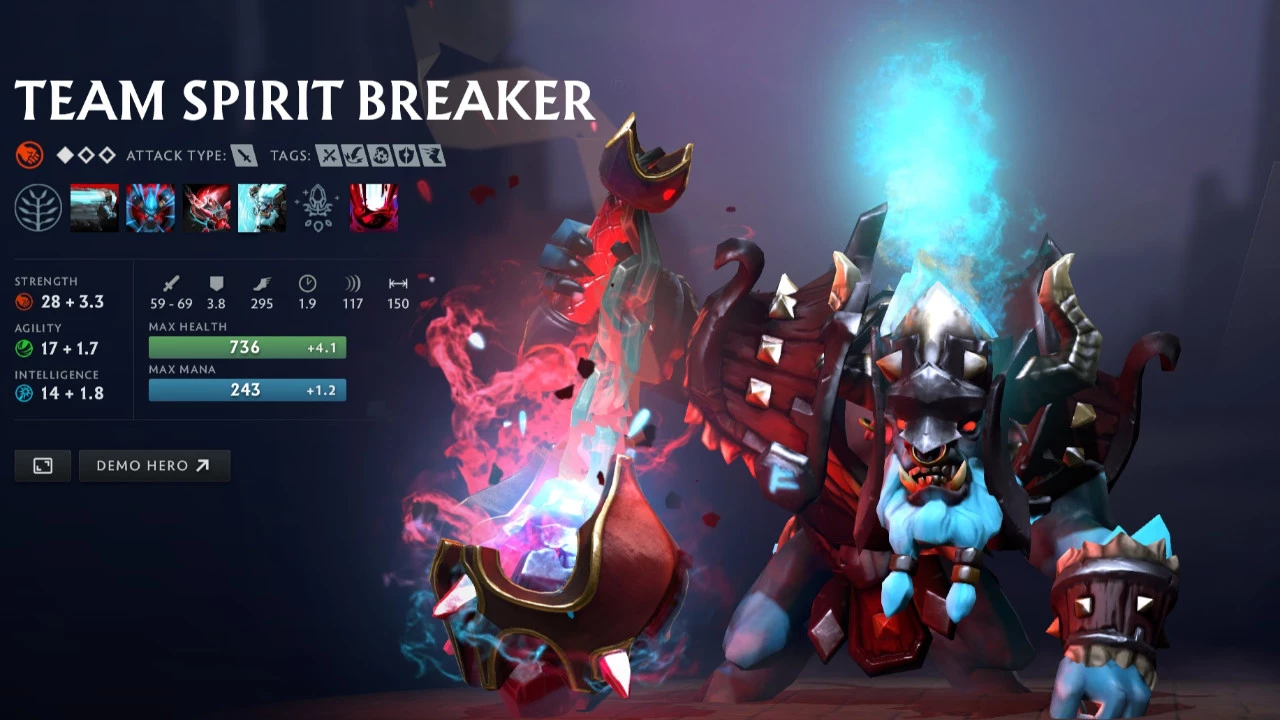In the high-stakes world of professional Dota 2, where millions of dollars and global prestige are on the line, one might expect a meticulously organized calendar. Instead, the scene is grappling with a surprising adversary: a chaotic tournament schedule. This disarray, highlighted by veteran team manager Aldar “Jamba” Jambinov, is forcing top-tier teams into grueling marathons of back-to-back qualifiers, often extending late into the night. It`s a situation that raises serious questions about player welfare, competitive integrity, and the long-term health of the ecosystem.
The Post-DPC Landscape: A Blessing or a Burden?
The dissolution of the Dota Pro Circuit (DPC) system was met with mixed reactions. Many hoped that its absence would usher in an era of greater diversity, more tournaments, and a thriving tier-2 and tier-3 scene. The theory was sound: without a centralized, often rigid, structure, tournament organizers (TOs) would have the freedom to innovate and expand. The reality, however, appears to be a tad less idyllic.
Jamba`s observations pinpoint the core issue: the current competitive calendar is a prime example of independent operators, each with their own million-dollar tournament, inadvertently stepping on each other`s toes. Specifically, qualifiers for major events like DreamLeague Season 27 (September 20-26), BLAST Slam IV (September 22-28), and FISSURE PLAYGROUND 2 (September 17-26) are all crammed into a narrow window. This is compounded by ongoing tier-2 and tier-3 events, where many aspiring top-tier teams also compete.
The Manager`s Lament: Marathon Matches and Tough Choices
“When the DPC was canceled, everyone said it was for the best. More tournaments, more qualifiers, the tier-2 (tier-3) scene would develop. But in reality, three TOs can`t synchronize schedules for qualifiers… Teams will sooner or later have to choose between one million-dollar tournament and another million-dollar tournament… Managers have united in a chat and are trying to negotiate and offer TOs optimal options.”
— Aldar “Jamba” Jambinov
This candid assessment from Jamba paints a stark picture. Teams are being forced to play an exhausting regimen of Best-of-three (Bo3) series throughout the day, with some matches kicking off as late as 11:00 PM Moscow time. While this might sound like a dream for hardcore fans craving content, for professional players, it`s a recipe for fatigue, diminished performance, and potential burnout.
The inherent problem, as Jamba notes, is a lack of obligation. Without a governing body dictating the schedule, TOs are under no formal pressure to coordinate. Each seeks to secure the best dates for their own event, often at the expense of the collective ecosystem. One might even suggest a touch of irony here: the very freedom intended to foster growth has instead created a competitive `Wild West,` where individual pursuits inadvertently create collective hurdles.
The Invisible Labor: Managers on the Front Lines
In this deregulated environment, the burden of coordination often falls upon team managers. Jamba mentions that managers have collectively formed a chat, working together to propose viable scheduling alternatives to TOs. This grassroots effort, while commendable, underscores a significant void in the professional Dota 2 landscape. It suggests that player welfare and schedule optimization, which should ideally be a systemic concern, are currently being handled by the very individuals whose primary role is to manage their specific teams.
Furthermore, the fact that “additional days in October” were available but most qualifiers were “decided to be crammed into the last two weeks of September” (with PGL being a notable exception) speaks volumes. It implies either a severe lack of foresight or a prioritization of short-term gains over the long-term sustainability of the competitive scene.
What Does This Mean for Competitive Integrity?
Beyond player fatigue, scheduling conflicts can directly impact competitive integrity. When teams are forced to play multiple high-stakes qualifiers simultaneously, they risk:
- Suboptimal Performance: Tired players are more prone to mistakes.
- Strategic Dilemmas: Teams might have to field different rosters or prioritize one tournament over another, potentially affecting their chances in both.
- Reduced Viewer Experience: Overlapping matches can split viewership and dilute the excitement of individual series.
The ultimate fear is that this unmanaged chaos could lead to a less vibrant, less appealing competitive scene in the long run. Professional esports, much like traditional sports, relies on a structured, predictable calendar to allow teams, players, and fans to thrive.
The current state of Dota 2`s tournament calendar is a powerful reminder that while freedom can foster innovation, an absence of structure can just as easily breed disorder. As the competitive season progresses, the call for greater communication, if not outright coordination, among tournament organizers will undoubtedly grow louder. For the sake of the players, the teams, and the enduring appeal of Dota 2 esports, finding a harmonious rhythm for this demanding dance is becoming less a luxury and more an urgent necessity.

